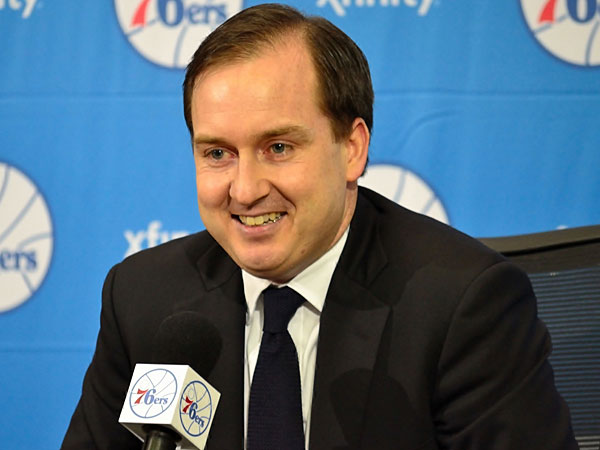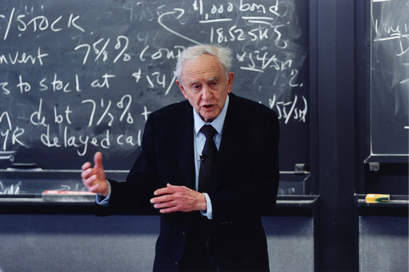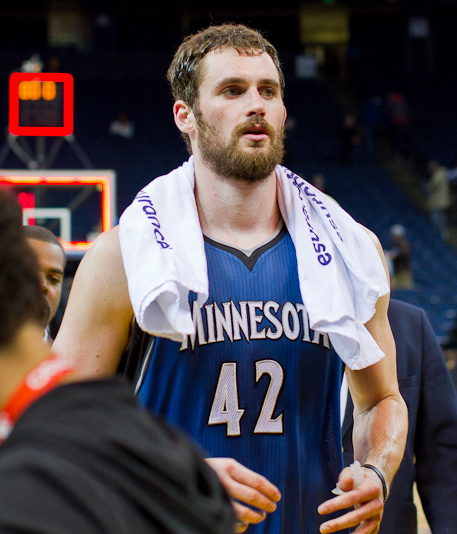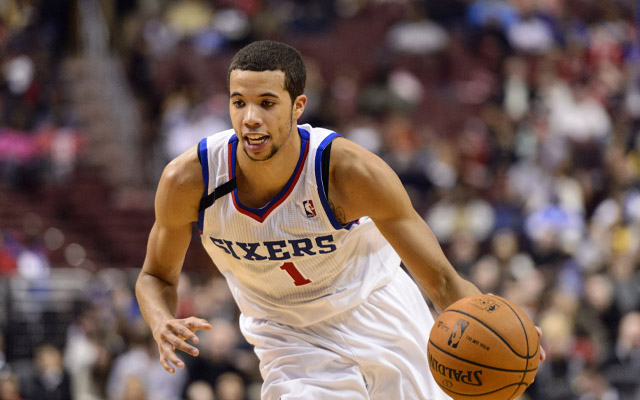By Joe Kearns
It would be a massive understatement to claim that Philadelphia 76ers general manager Sam Hinkie defies the conventional wisdom of the NBA. It is much less recognized that Hinkie defies the conventional wisdom of macroeconomic theory as well.
Hinkie’s amassment of draft picks at the expense of short-term success runs contrary to the Life Cycle Hypothesis developed by economist Franco Modigliani. Modigliani's research suggested that individuals plan their consumption and savings behavior over their lifetimes. Specifically, individuals smooth consumption over the course of their lifetimes, borrowing when their income is low and saving when it is high.
To use this analogy properly, I would say Hinkie’s tendency to trade veteran players for draft picks is analogous to saving, sacrificing short-term utility in an attempt to provide a positive net utility in the long run. In other words, this is the opposite approach the Life Cycle Hypothesis suggests he should take.The best contrast with the Sixers is the Cleveland Cavaliers. The Cavaliers had the first overall pick of the 2014 NBA Draft and selected Andrew Wiggins, only to trade him and Anthony Bennett to the Minnesota Timberwolves for 3-time All Star Kevin Love as part of a 3-team deal (incidentally, the Sixers were the third team and I will delve into that angle soon). It should be noted that the Cavaliers were in an unusual situation, having signed 4-time NBA MVP and Ohio native LeBron James. Still, Cleveland’s resources were heavily allocated towards the short-run, at least relative to the Sixers.
Meanwhile, in the same trade that sent Love to the Cavaliers, the Sixers received a first round pick from Cleveland. Trades like this have been the norm for the Hinkie-era Sixers. For example, in 2013, the Sixers traded All-Star point guard Jrue Holliday and their second round pick for the draft rights to First Team All American center Nerlens Noel and a 2014 first round pick.Hinkie’s second draft actually geared the Sixers further toward the long-run at the expense of the short-run than his first. In 2014, the Sixers selected Big 12 defensive player of the year Joel Embiid with the third overall pick. The remarkable part about Embiid’s selection is that it was known he would likely miss the entire 2014-15 season due to a foot injury. Thus, the Sixers gained no short-run benefit from this selection.
Then, the Sixers traded for the draft rights of Croatian power forward Dario Saric, who is under contract for Andalou Efes S.K. of the Turkish Basketball League. Saric said he would play at least one more season in Turkey before joining the Sixers. The Sixers yet again resist the proverbial marshmallow.The 2014-15 regular season saw the Sixers make the most curious display of delayed gratification yet. They dealt point guard Michael Carter-Williams, the team’s first round draft choice in 2013, for a future first round pick. Carter-Williams earned NBA Rookie of the Year honors, but proceeded to struggle with a low field goal percentage of .380. Still, it is curious that the Sixers essentially gave up on his potential so quickly.
There is value in acquiring future assets to make the team more potent in the future, but risks are immense as well. The biggest risk is that the Sixers have removed themselves almost completely from one avenue of player acquisition by becoming the least attractive destination for free agents. Why would a free agent possibly want to come to a team that is structured to lose often for the foreseeable future? Additionally, the players the Sixers are selecting might decide they want to leave the team when they have the chance as well, unhappy with the track record of losing. Intentionally tanking a season for an early pick one season is an accepted, albeit unspoken, practice in the NBA, but to do so two or more seasons is unprecedented. Uncertainty is rampant.In the two seasons since Hinkie was hired in 2013 along with head coach Brett Brown, the Sixers have earned a record of 37-127. This would normally be perceived as an unequivocal catastrophe for an NBA team. But, in fact, earning such a poor record to this point is precisely the plan Hinkie has prescribed for the team. Hinkie has fully resisted the temptation of eating the marshmallow. The question is this: Will the marshmallow even exist by the time he is ready to eat it?
